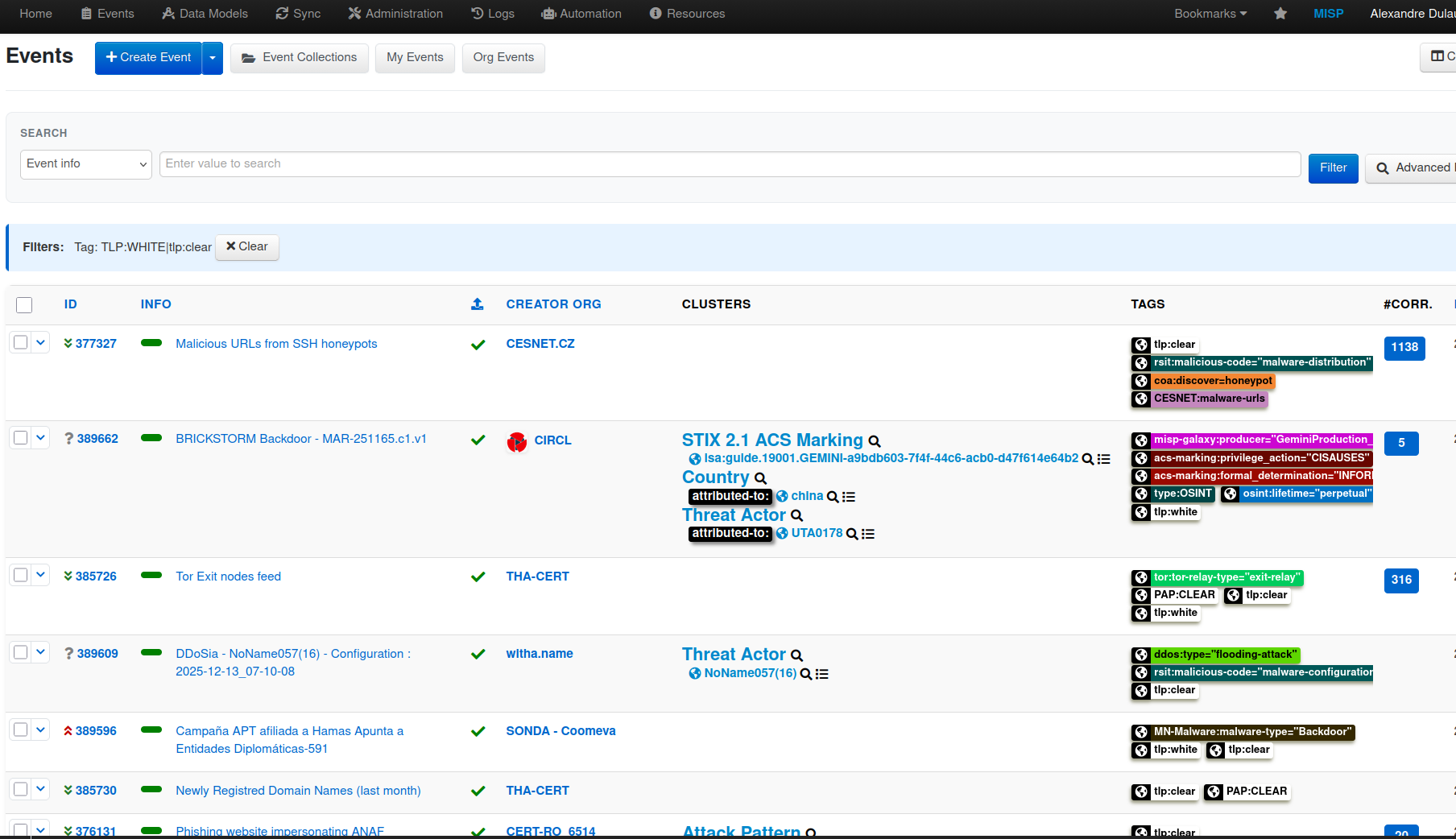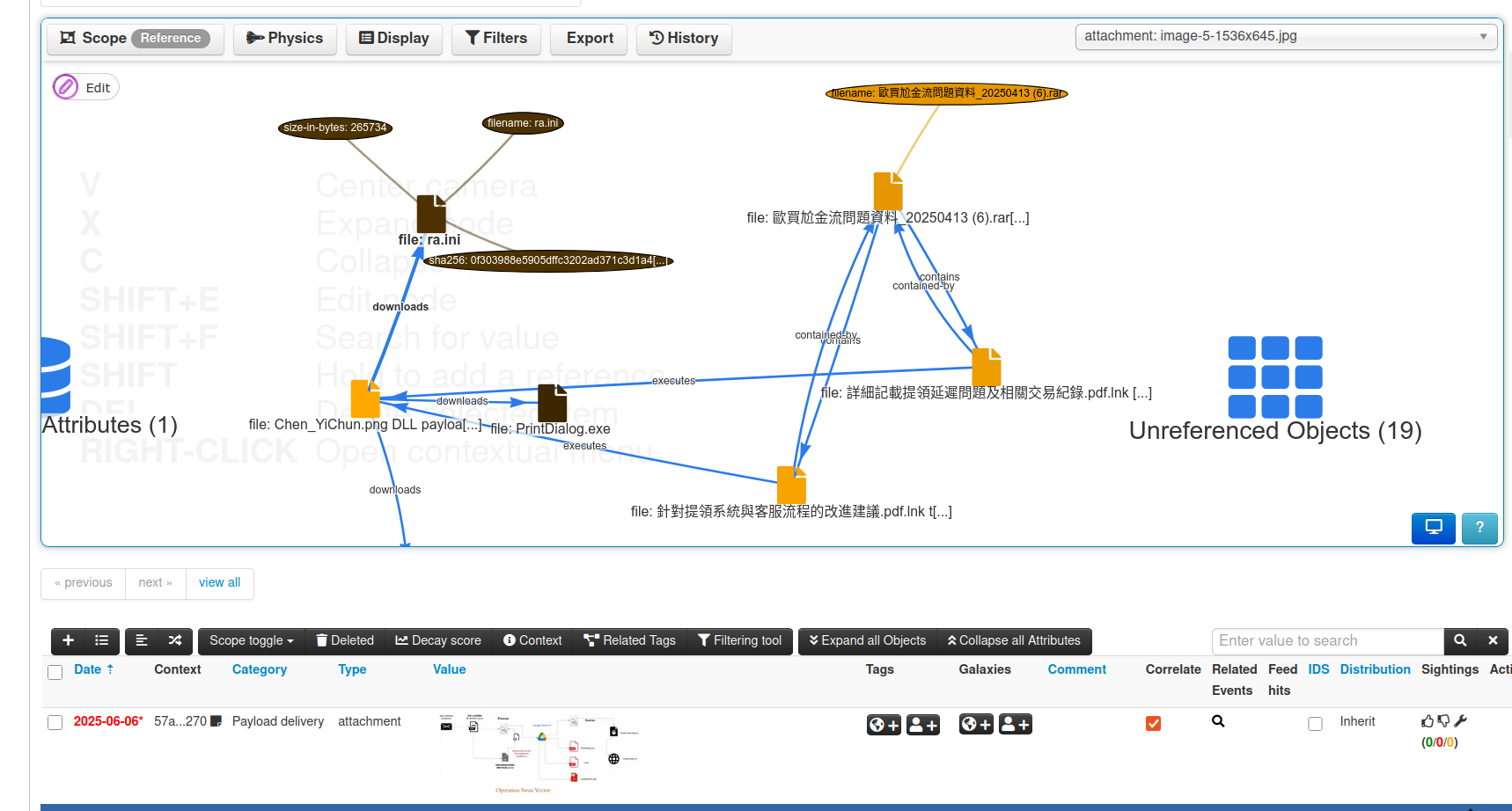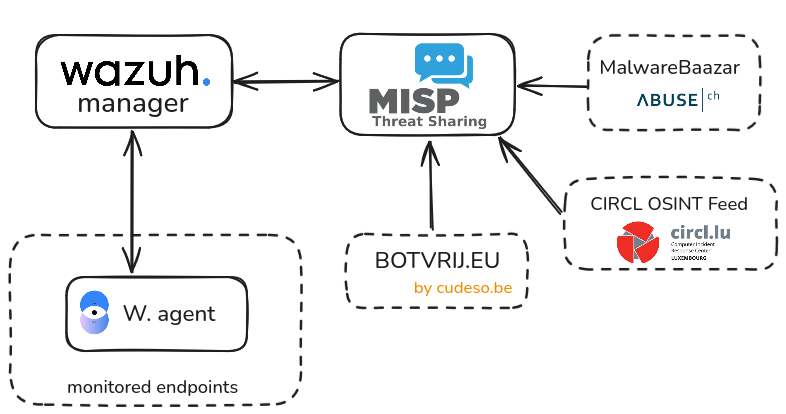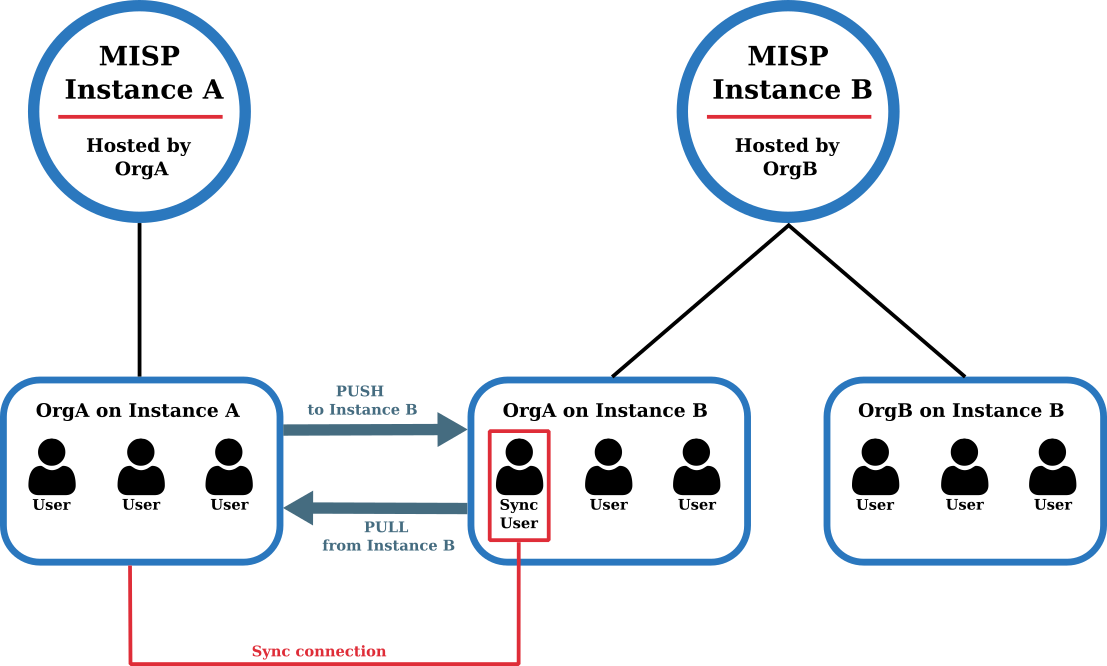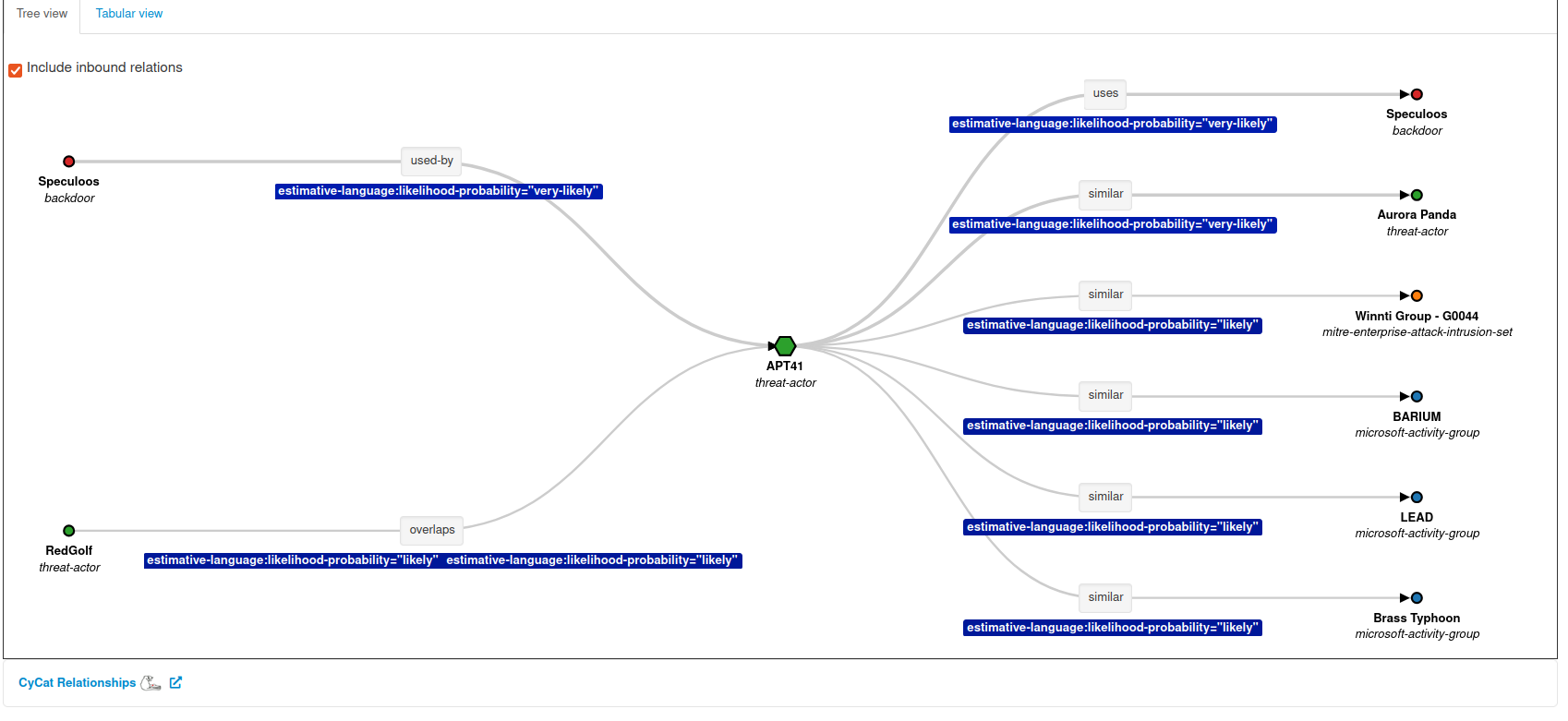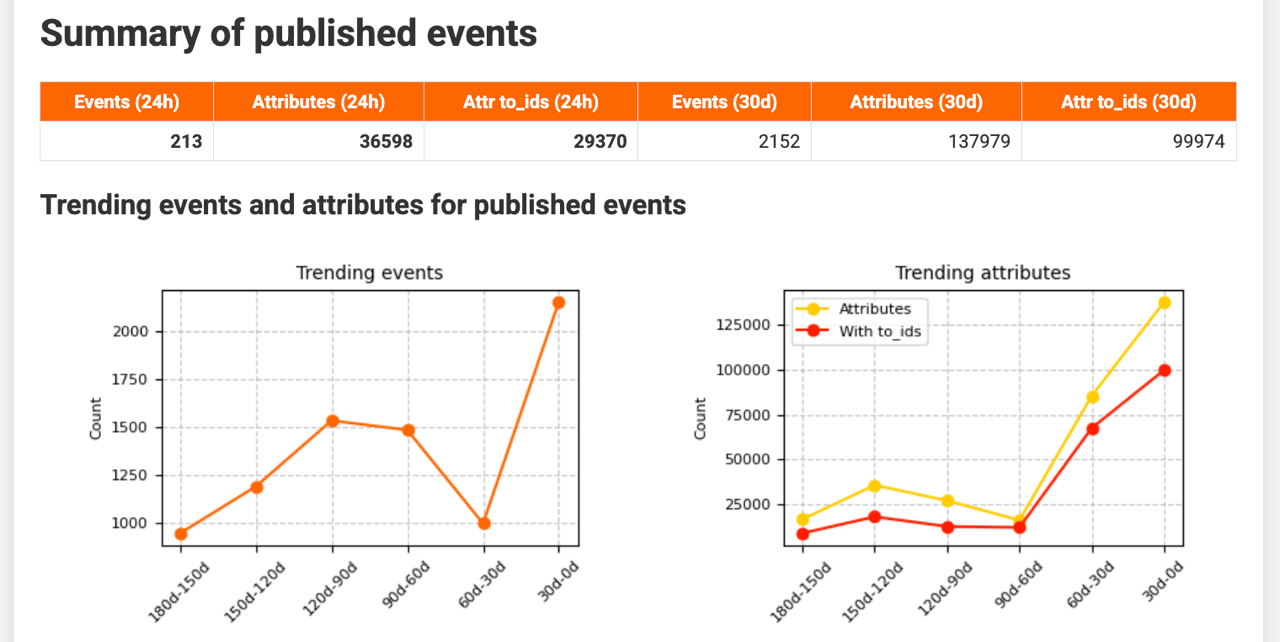MISP v2.5.30 and v2.5.29 released: Beta UI/UX Mode, New Workflow modules and Performance Enhancements
This release introduces a foundational beta UI/UX mode (which will be the foundation for the next versions, feedback is more than welcome), new workflow modules, improvements to the Event Index, and important security updates.





